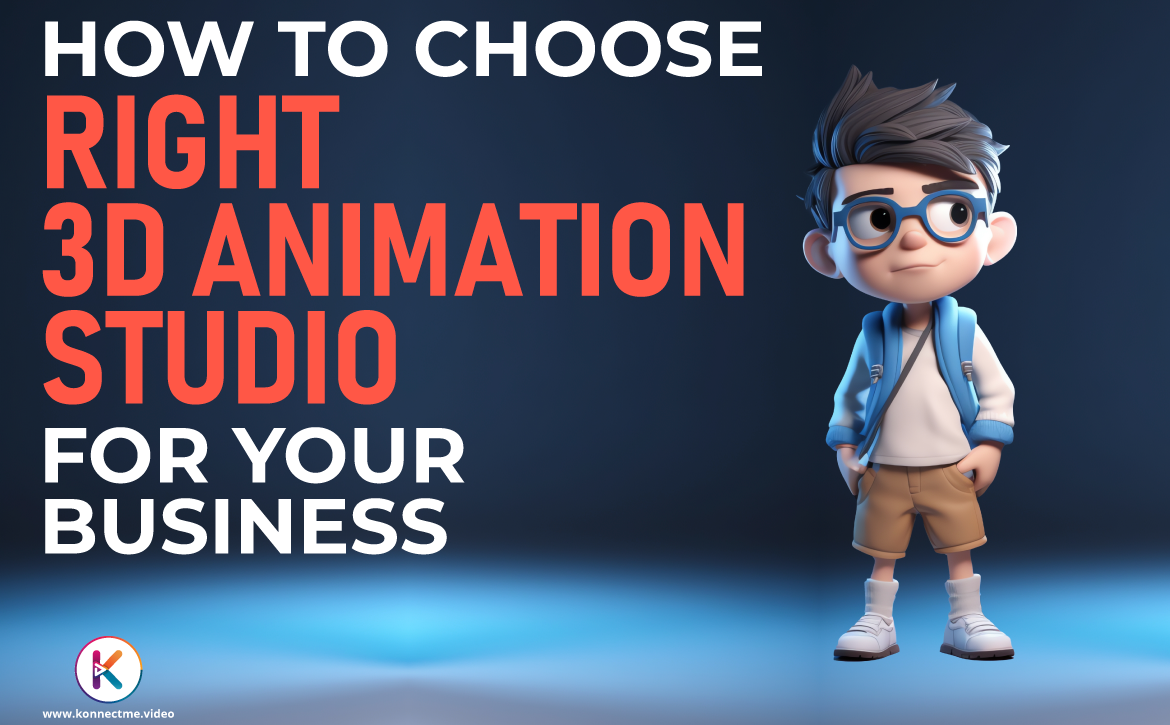How to Choose the Right 3D Animation Studio for Your Business
In today’s fast-paced digital world, businesses, including manufacturing units, are constantly seeking innovative ways to engage their audience and showcase their products or services. One powerful tool that has gained immense popularity is 3D animation. It allows manufacturing businesses to present their offerings in a visually captivating manner, making it easier for potential clients to understand complex concepts and features. However, not all 3D animation studios are created equal, and choosing the right one for your manufacturing business can be a critical decision. In this blog, we will guide you through the essential factors to consider when selecting a 3D animation studio that targets manufacturing units.
1. Industry Experience and Expertise:
The first and most crucial aspect to consider is the animation studio’s experience and expertise in the manufacturing sector. Look for a studio that has a proven track record of creating 3D animations for similar businesses or industries. A studio with a deep understanding of manufacturing processes, machinery, and technical details will be better equipped to visualize and present your products effectively.
2. Portfolio and Past Projects:
Review the studio’s portfolio and past projects to assess the quality and diversity of their work. Look for animations that demonstrate attention to detail, realism, and a knack for storytelling. A reliable studio will have a portfolio showcasing a range of manufacturing-related animations, including product demonstrations, assembly processes, or factory walkthroughs.
3. Creativity and Innovation:
Choose a studio that excels in creativity and innovation. 3D animation can be a powerful tool to showcase your manufacturing products in unique and imaginative ways. A studio that can think outside the box and offer fresh perspectives will help your business stand out from the competition.
4. Understanding of Your Vision:
Communication is key when working with any creative agency. The studio you choose should take the time to understand your business, your products, and your vision. A collaborative approach will ensure that the final animation aligns with your brand identity and marketing goals.
5. Animation Techniques and Technology:
Inquire about the animation techniques and technology used by the studio. The animation industry is continuously evolving, and the right studio should be up-to-date with the latest trends and software. Advanced technology can result in more realistic and visually stunning animations for your manufacturing business.
6. Turnaround Time and Flexibility:
Time is often of the essence in the business world. Discuss the expected turnaround time for the project and ensure that the studio can meet your deadlines. Additionally, check if the studio is flexible enough to accommodate any changes or revisions during the animation process.
7. Client Reviews and Testimonials:
Seek feedback from past clients to gauge their satisfaction level with the studio’s services. Client reviews and testimonials can provide valuable insights into the studio’s reliability, professionalism, and overall performance.
8. Budget Considerations:
While cost shouldn’t be the sole determining factor, it is undoubtedly an essential consideration. Compare quotes from different animation studios and ensure that the services offered align with your budget. Remember that investing in high-quality animation can yield significant returns for your manufacturing business in the long run.
9. Communication and Support:
Clear and open communication is vital throughout the animation project. Choose a studio that maintains regular communication and keeps you updated on the progress. Additionally, inquire about the support offered after the project’s completion, such as any assistance required for integrating the animation into your marketing campaigns.
Conclusion:
Selecting the right 3D animation studio for your manufacturing business can have a substantial impact on your marketing efforts and overall success. By considering the studio’s industry experience, portfolio, creativity, technology, and communication, you can make an informed decision that aligns with your business objectives. Remember that a well-executed 3D animation can effectively showcase your manufacturing products, captivate your audience, and give your business a competitive edge in the market.






